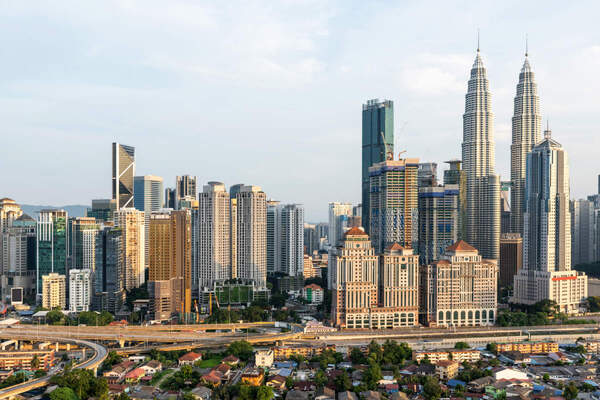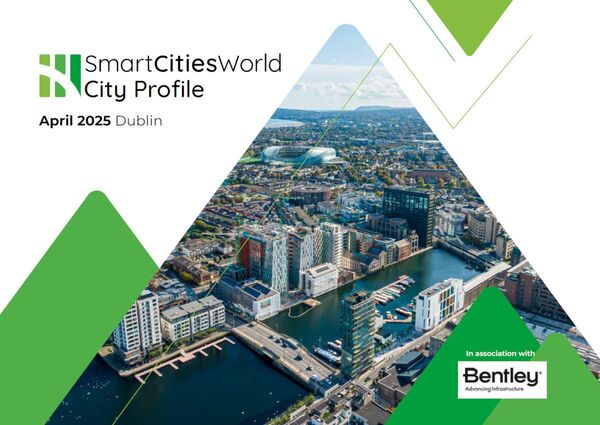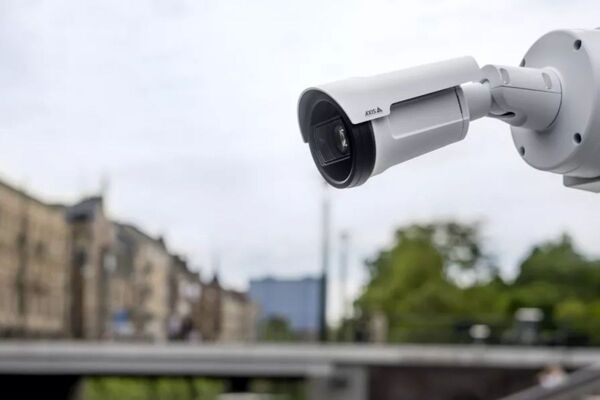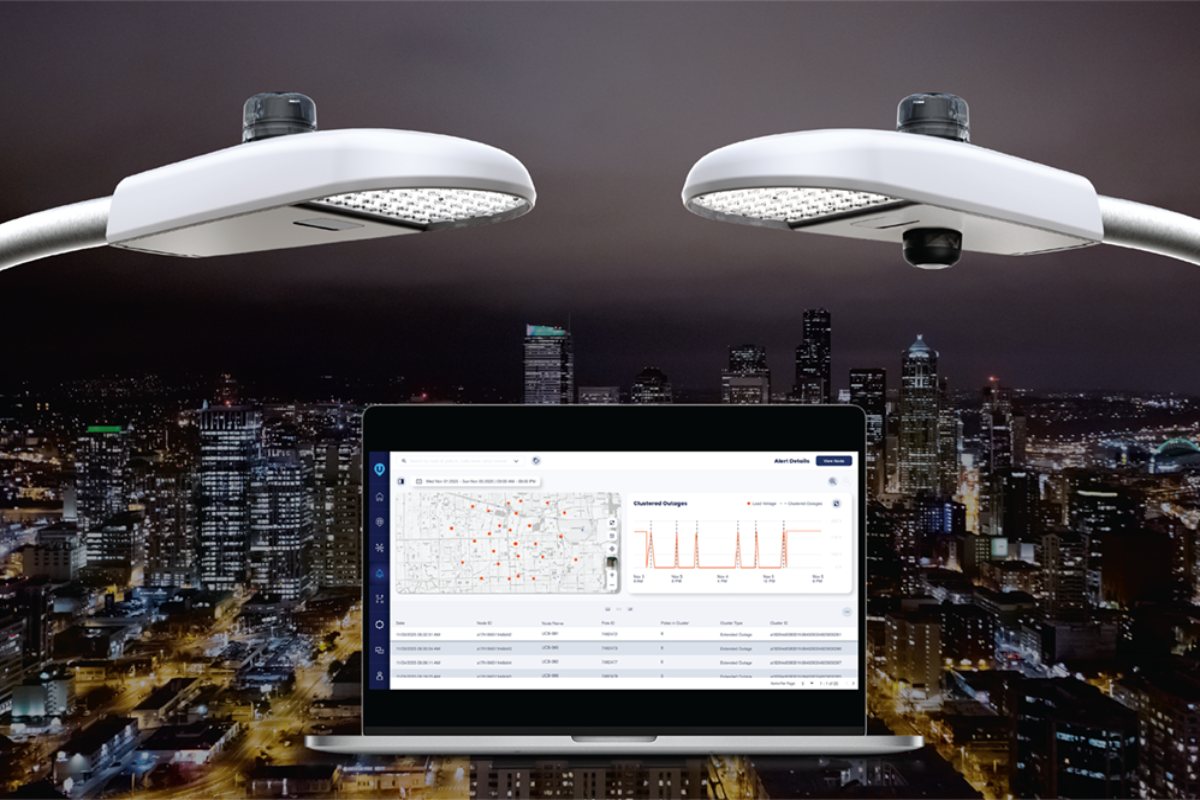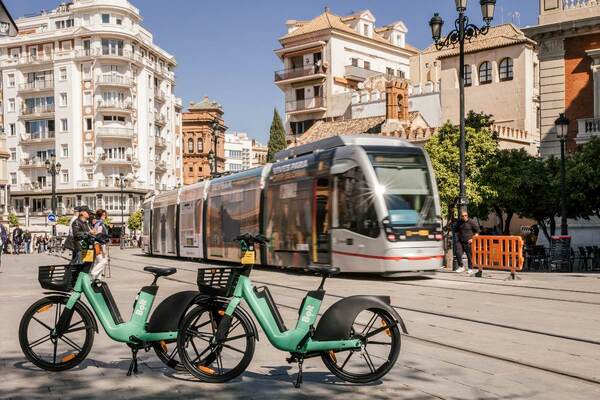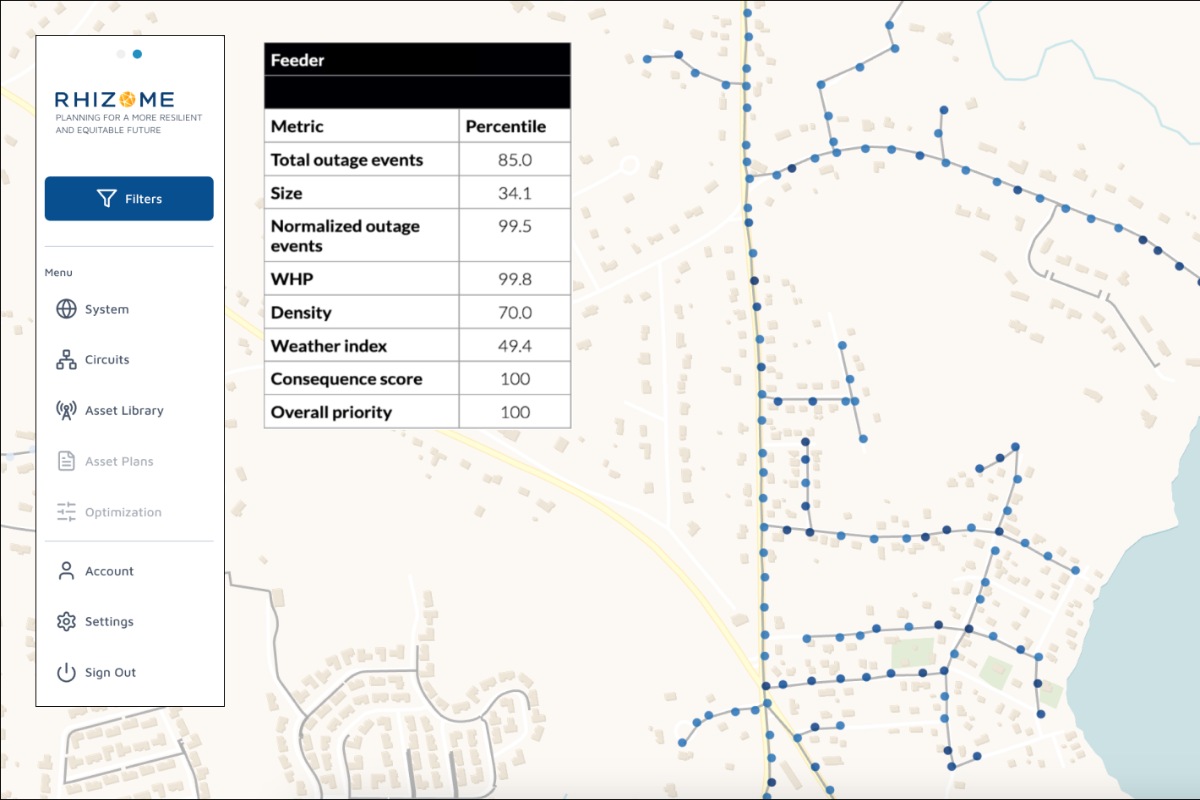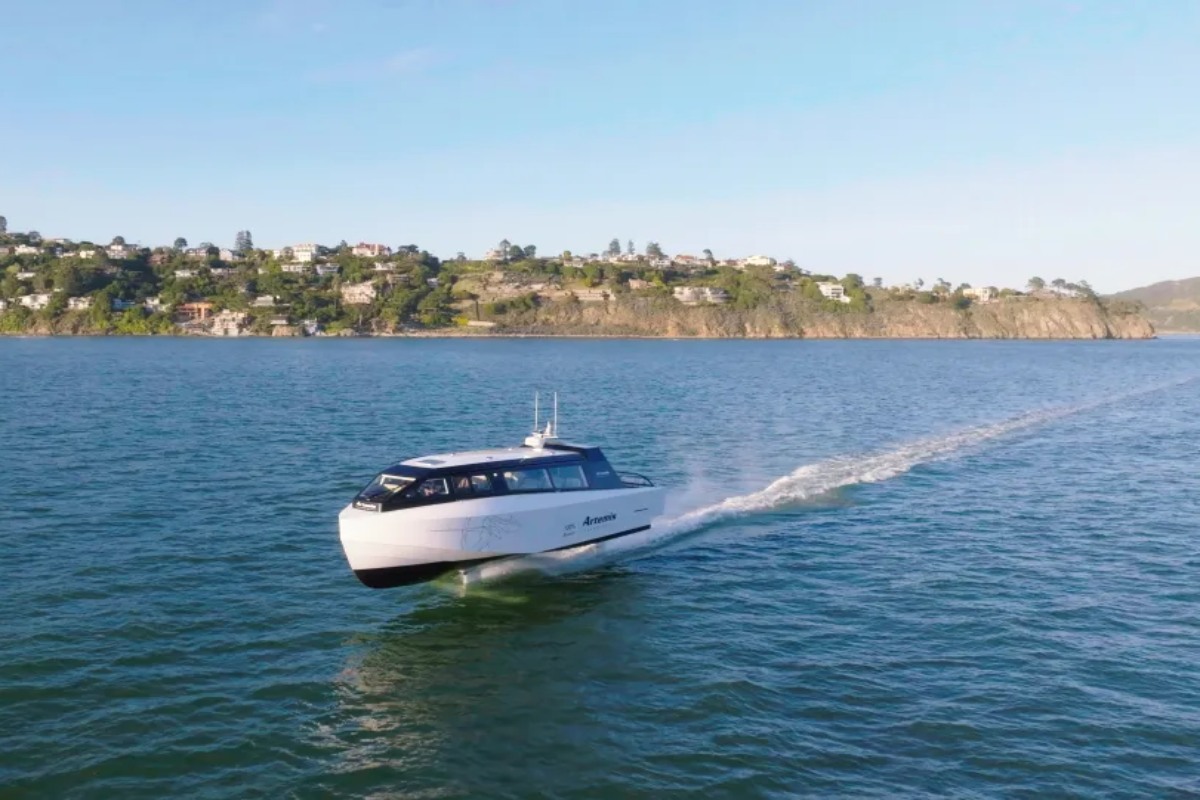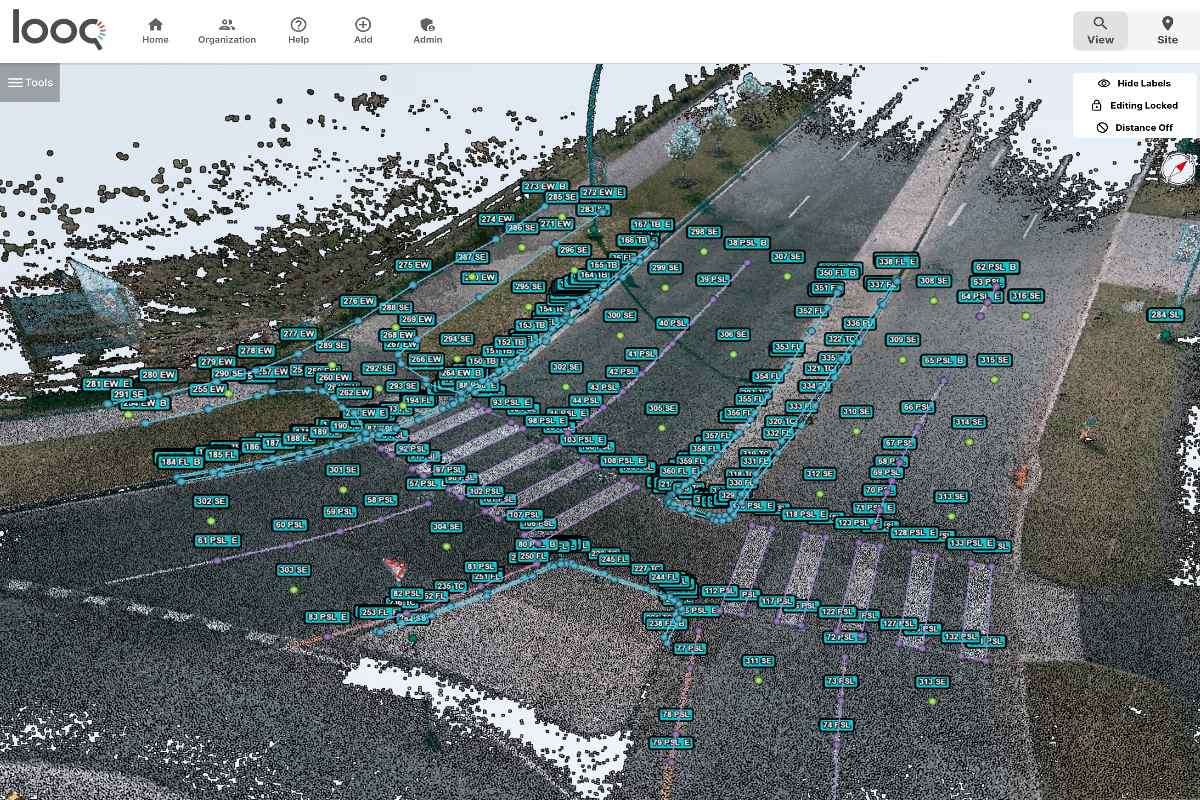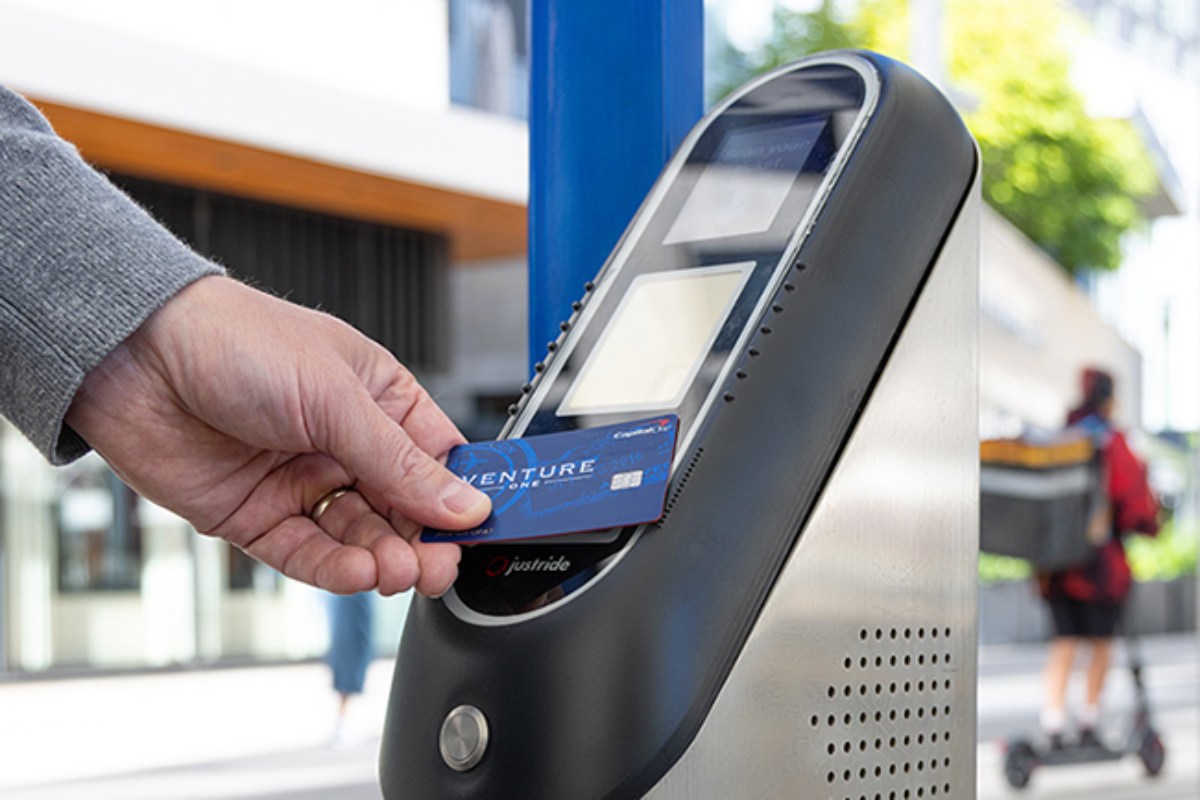Podcasts
Podcast: Using mobility data to shape the future of citiesSponsored by TomTom
Podcast: Building resilient cities: trustworthy AI, digital twins, and urban innovation at YII 2025Sponsored by Bentley Systems
Opinions
Beyond video: how cameras as IoT sensors are changing city safety operationsSponsored by Axis Communications
Building smarter cities: scaling sustainability and efficiency with smart city platformsSponsored by ST Engineering
Can the train take the strain?
Railways the world over are facing a capacity crunch, so what can be done? SCW gets the low-down from Ben Dunlop, director Digital Railways at Atkins

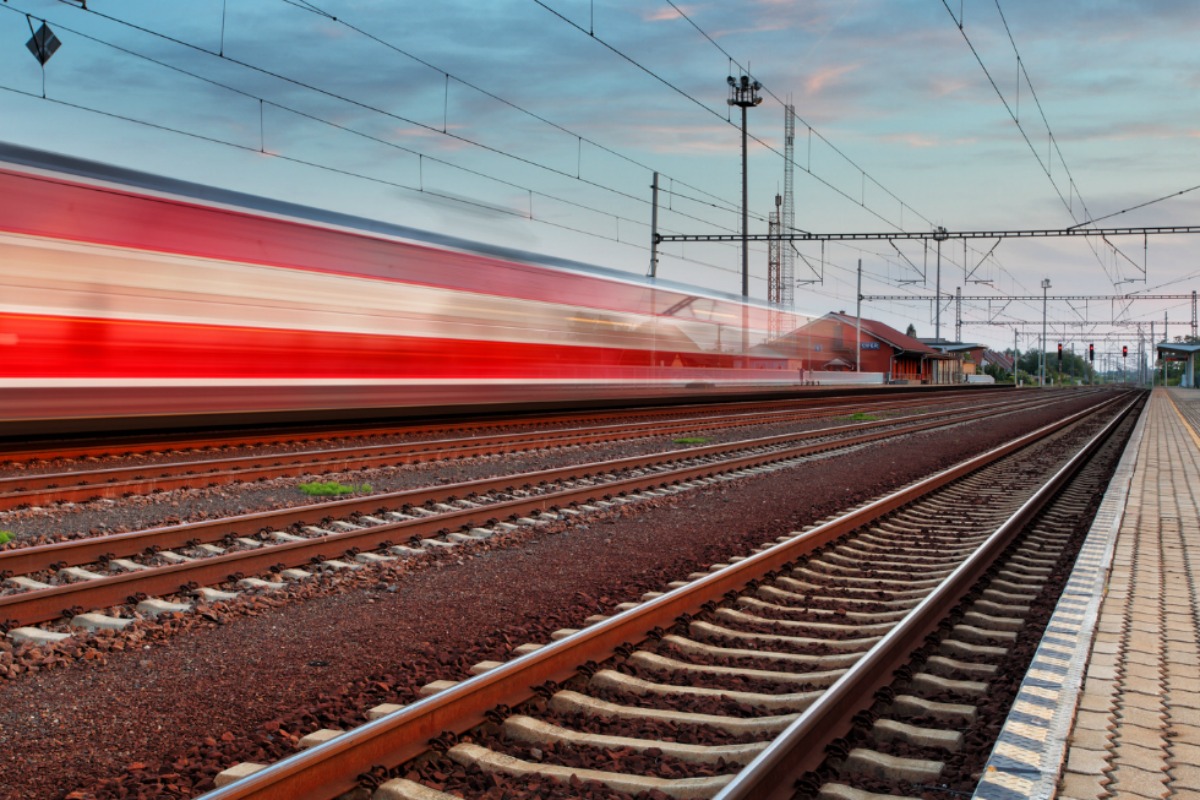
Demand for rail is reaching fever pitch. Passenger numbers on the UK rail network scaled to a record high last year with travellers clocking up a staggering 1.6 billion journeys in the UK. This demand shows no signs of abating. At current growth rates, the journey total is set to hit the three billion mark within 15 years and those extra journeys – around 1.3 million per week – will need to be accommodated within the existing network.
The move to the train is not just a British phenomenon. France and Germany are also witnessing growth, with passenger kilometres up around 20 per cent over the last ten years. Luxembourg, meanwhile, has seen the biggest increase, with demand rising by more than 60 per cent. To help contend with this, the French government is investing €15 billion in renewals and capacity upgrades, while Germany has earmarked €28 billion for rail modernisation over the next four years.
To counter these huge logistical challenges, digitisation is the key. The concept, developed by the UK’s rail infrastructure owner Network Rail, is a railway in which everything – from signalling to trains, infrastructure and ticketing – is managed digitally with the aim of boosting capacity, efficiency and the customer experience. And it has the capability to change the way railways are designed and planned around the world.
“It shakes to the core the existing working practices and methods that the industry has relied upon for the past 180 years,” says Ben Dunlop, director of Digital Railway at Atkins. “And it challenges almost every facet of the industry. We are doing something new here – it’s an ambitious plan on national scale.”
According to Dunlop, delivering the digital railway is not only about new technology, but also new attitudes. “The cultural nature of the global rail industry tends to find innovation a challenge, especially around technology. Adopting new products quickly is difficult, partly due to the length of time and cost it takes to get from prototype, safety testing and then to operational use. It’s easier to stay with what it knows and keeps itself going based on its traditional thinking rather than looking to the future,” he says.
Signalling is a case in point because in addition to guaranteeing safety, it governs capacity. Yet most conventional signalling simply replicates the 19th century ‘block’ system – the principle of distance separation between trains based on fixed geographical points. Because the speed of each individual train is not taken into account, gaps between trains on the same stretch of track are often much bigger than they need to be. The result is lost capacity.
This is not the only limitation. Conventional interlocking, the safety critical ‘brains’ of the railway, cannot easily be re-purposed to meet changing needs. This will increase the costs of implementing the next generation of signalling known as European Rail Traffic Management System/ European Train Control System (ERTMS/ETCS) Level 2 – a high-performance digital system that will soon be standard for new schemes.
“Generally, the signalling technology we have today is late 20th century at best – most of it is far older. It hasn’t really moved on,” says Dunlop. “If you think about the speed at which digital data, software and microprocessors have evolved, and what you can do now compared to what you could do then, we’re miles apart.”
Intelligent signalling is urgently needed. In the UK, Atkins worked with Network Rail’s heads of signalling to pinpoint exactly what was essential: “They gave us a list of requirements. We then set about identifying and developing a suitable interlocking product to navigate into the UK market. That product is now ready,” says Dunlop.
The new interlocking module differs from its predecessors in a number of important ways. First, it’s future proof and smarter.
“The product works not only in a conventional signalling setup, but also in an ERTMS/ETCS Level 2 environment and beyond,” says Dunlop. “You can connect it to the internet, so you have a signalling system that you can remotely analyse through an IP network. For the first time, maintenance teams will know about signalling problems before the operator does.”
Meeting the rising demand for rail will require huge changes in just about every operational facet but, the question is: can those transformations be delivered quickly enough, and it is really possible to deliver change required on such a massive scale while minimising risk?
Denmark is one nation with experience in this area. The national rail infrastructure owner – Banedanmark – is now midway through a ground breaking modernisation programme to replace every signal, level crossing and signal box in the country – the first re-signalling scheme in the world to cover an entire country.
The system chosen as a replacement – ERTMS/ETCS Level 2 – underlines the gains that can be made by switching from analogue to digital technology. Among the benefits are extra capacity, improved reliability and lower operating costs. The system uses cab signalling which has the potential benefit of much less lineside equipment, such as signals.
There are wider benefits too. Data generated by the system assists in building new capabilities such as conflict resolution – the ability to predict and prevent snarl-ups. Energy savings are possible through better scheduling.
Swift and seamless delivery is a priority. To ensure this, test labs are used to check everything before installation, minimising the need for engineering shut downs. And the customer and suppliers share office space, maximising the opportunities for teamwork.
Atkins is providing multi-disciplinary signalling expertise for the Denmark project, and is now working with Norway’s national rail administrator, Jernbaneverket, on a similar nationwide scheme.
Intelligent signalling is the bedrock of the digital railway because it improves fluidity and capacity, however as well as transforming the way railways are operated, digital technology has a decisive part to play in the way new infrastructure is built.
BIM – Building Information Modelling – is one example. BIM is a collaborative three-dimensional tool that is used not only to create designs, but also to assist in the procurement, construction and maintenance of assets. Simply put, BIM provides digital lifetime support for infrastructure.
The Crossrail tunnelling project in London was one of the first major infrastructure schemes where BIM was used effectively in the UK.
BIM is integral to the design and delivery of the UK’s rail electrification programme where Atkins has created its own automatic electrification design tool over the last three years. Furthermore, Atkins has been in collaboration with industry partners to deliver an Innovate UK funded project to Digitally Enable Electrification (DEE) to bring the project lifecycle of an electrification scheme into the digital age.
What impact has the Atkins electrification tool had on infrastructure delivery? “All these innovations will enable us to deliver more for less and in a format that our clients will really value,’ says Dunlop. “We have been leading the agenda on BIM in certain areas of the railway and we’ve seen significant production increases as a result."
In the long term, the rise of intelligent infrastructure is likely to help improve the reliability of assets and reduce costs. Remote condition monitoring based on predictive analytics is already a reality. This allows maintainers to predict problems with vital equipment – such as point motors – before they go wrong.
But this is just the start, believes Dunlop: “There is a good chance that in the future, we will see physical infrastructure being constructed out of materials that have a far greater level of connectivity and self-analysis.”
The rise of advanced composites with self-sensing capabilities – such as fibre-reinforced plastics and smart concrete – paves the way to bringing buildings, bridges, tunnels, retaining walls and even the track itself under the digital umbrella.
“Routine maintenance and inspection would no longer mean shutting the railway down,” says Dunlop. “It’s about building a railway that is data intensive rather than labour intensive.”
Allied with this will be the ability to gain insights from the deluge of data generated by smart assets. “There’s an opportunity for organisations that have strong domain knowledge, understand how assets need to work and have expertise to add value with data analytics. It might even be possible for organisations to offer infrastructure controllers a broader level of service around the provision of safe and reliable infrastructure, perhaps under some sort of lease agreement.”
Making the digital railway a reality will require root and branch reform of the industry, stresses Dunlop. “While technology is the enabler, business change is probably the most significant part of the digital railway,” he says.
An integrated approach to business change will be needed that spans planning, building, operating and maintaining the infrastructure as well as the train services that run on it.
The need for change is complicated by shifts in the balance of power between train operators and infrastructure owners. In part, this is because the advent of cab signalling means intelligence (and hardware) is migrating away from the trackside and onto the trains themselves.
This process is likely to gain momentum as high-capacity ERTMS/ETCS Level 3 signalling comes in prospect. The costs associated with train control will shift decisively from infrastructure providers to train operators. Improvements in the reliability of infrastructure can only be good news for the industry.
“What would a zero delay railway look like?” asks Dunlop. With no delay compensation payments to operators and much lower levels of customer dissatisfaction, does that increase or decrease the attraction for private operators to invest in their services? The answer should be increase but in the somewhat opaque world of revenue apportionment and delay attribution it might not be so clear cut.
One thing is for sure, he argues, the improved customer experience would set expectations to a very high level, and that positive pressure could only drive increased collaboration and efficiency.
Dunlop also questions whether the current regulatory regime is the right one to promote a truly digital railway. “The legal and commercial framework we have now was set up in the early 1990s when passenger numbers were declining,” he says. “Twenty years on, rail is a growth engine. Is the existing framework an enabler or a blocker?”
Devolution could also jeopardise the digital railway: “If you lost the ability to drive policy from a national perspective, you could end up in a situation where delivering a digital railway could be almost impossible,” he adds. Despite the headwinds, Dunlop is optimistic about the prospects for a digital railway – provided the strategic steer is right.
“Success hinges on linking everything to the customer experience, so it needs to be easier for train operators and freight operators to contribute – not just the infrastructure operator,” he observes.
“The programme should probably be split out from Network Rail and given a landing point somewhere it can act as a policy driver. That would be the best enabler the digital railway could have.”
Why not try these links to see what our SmartCitiesWorld AI can tell you.
(Please note this is an experimental service)
How does digital signalling increase rail network capacity and efficiency?What role does BIM play in modern rail infrastructure development?How can predictive analytics improve railway maintenance and reliability?What benefits does ERTMS/ETCS Level 2 bring to national rail systems?How might regulatory changes accelerate adoption of digital railway technologies?

